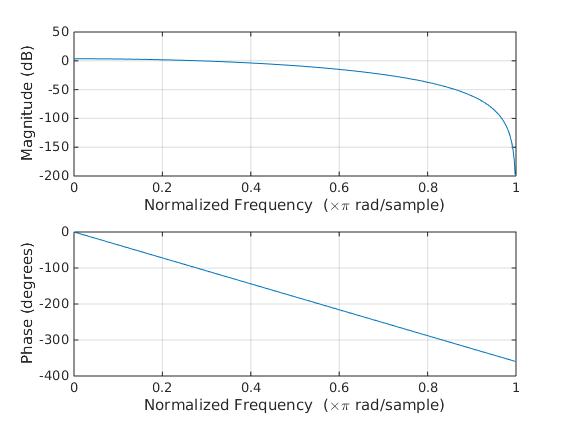I don't unstand the nature of the output in Matlab's "butter" command. Calling
[b,a] = butter(4, 0.5, 'low');
gives me two vectors, which the documentation says are bb for numerator, and aa for denominator, of the transfer function.
However plotting the frequency response of this transfer function with freqz()freqz() does not give me what I expected.
If I plot
freqz(b./a)
I see:

This is not a low pass filter, this is some sort of band stop filter suppressing the middle frequencies. However if I plot
freqz(b)
I see what looks like the low pass filter I was hoping for:

So if I want to use a Butterworth filter to low pass my data, do I only use bb? And if so what is the point of aa?
